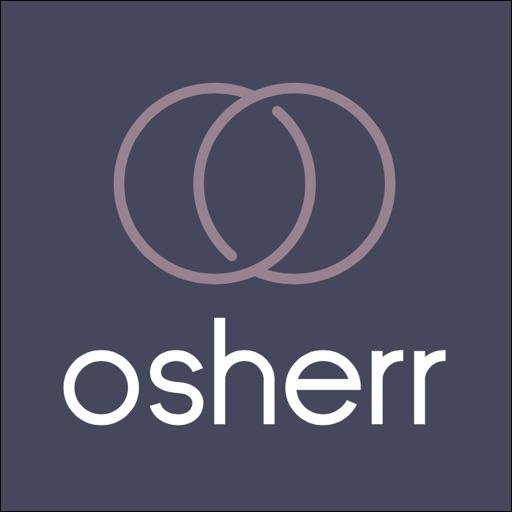Overview
This case study presents the development of a wellbeing app using React Native for the frontend, WordPress for content management, and Amazon Web Services (AWS) EC2, S3, and CloudFront for hosting and content delivery. The app aims to provide users with a platform to access resources, articles, and tools related to mental health, fitness, nutrition, and overall wellbeing.
Problem Statement
The problem addressed in this case study is the need for a wellbeing app that provides users with a platform to access resources, articles, and tools related to mental health, fitness, nutrition, and overall wellbeing. The objective is to develop a mobile application frontend in React Native that offers a seamless and user-friendly experience, allowing users to browse articles, access resources, participate in community forums, and personalize their dashboard.
The challenge is to design and implement a frontend that effectively showcases the app’s content, facilitates easy navigation, and integrates with the backend to deliver a comprehensive and engaging wellbeing experience for users.

Enhance Digital Well-Being With Our App Development Services
Strategy & approach
Requirements Gathering: The initial phase involved understanding the client’s requirements for the wellbeing app, which included features such as user registration, user profiles, article browsing, resource downloads, community forums, and a personalized dashboard. The app was designed to deliver content-rich experiences and support a growing user base.
Technology Selection: React Native, a widely adopted cross-platform mobile development framework, was chosen for building the frontend of the app. WordPress, a popular content management system (CMS), was selected for managing and organizing the app’s content and resources.
Architecture Design: The app’s architecture was designed with a decoupled approach. React Native served as the frontend, interacting with the WordPress backend through RESTful APIs. WordPress acted as the CMS, providing a user-friendly interface for content creation, management, and organization.
Frontend Development: The React Native framework was utilized to build the frontend of the wellbeing app. React Native allowed for the creation of a native-like mobile app using JavaScript and provided a rich set of pre-built components and libraries. The frontend focused on providing a smooth and intuitive user interface for browsing articles, accessing resources, and participating in community forums.
Backend Development using WordPress: WordPress was used as the backend CMS for the wellbeing app. The WordPress CMS was customized and extended with plugins and themes to cater specifically to the requirements of the app. Custom post types, taxonomies, and custom fields were utilized to structure and organize the content. RESTful APIs were implemented to expose the necessary data to the React Native frontend.
AWS Infrastructure Setup: Amazon Web Services (AWS) was chosen as the cloud platform for hosting and content delivery. AWS EC2 instances were provisioned to host the WordPress backend, providing scalability, reliability, and easy management. AWS S3 was used to store media files such as images and downloadable resources. CloudFront, AWS’s content delivery network (CDN), was employed to distribute content efficiently to users, reducing latency and improving performance.
Deployment and Testing: The WordPress backend was deployed on the AWS EC2 instances, ensuring the availability and scalability of the app. The React Native frontend was packaged and distributed through app stores for iOS and Android. Extensive testing, including functional testing, performance testing, and user acceptance testing, was conducted to ensure the stability and quality of the app.
Performance Optimization: Various techniques were implemented to optimize the app’s performance. CloudFront’s CDN capabilities ensured fast and efficient content delivery to users across different regions. AWS auto-scaling was configured to handle increased traffic and maintain performance during peak usage periods.
Maintenance and Updates: Regular maintenance and updates were performed to address bug fixes, security patches, and feature enhancements. WordPress plugins and themes were updated, and content management tasks were performed regularly to keep the app running smoothly.
Tools & methods used
- Project Management – Agile with JIRA
- Mobile App Front End – React Native (iOS and Android)
- Website Front End – WordPress
- Backend & API – WordPress
- Database – MySQL
- CI/CD – Appcenter Codepush
- Source Control – GIT
Achieved results

AveryBit excels in IT startup and app development with excellent quality, communication, and service. Our year-long partnership has been satisfying.




